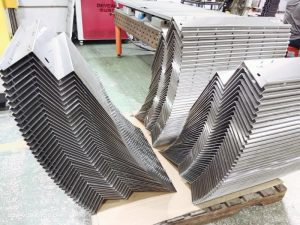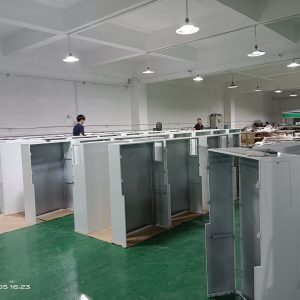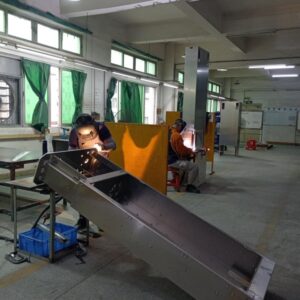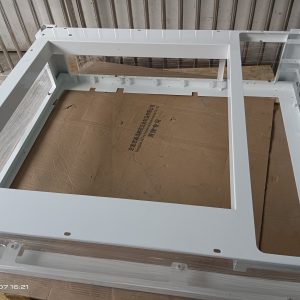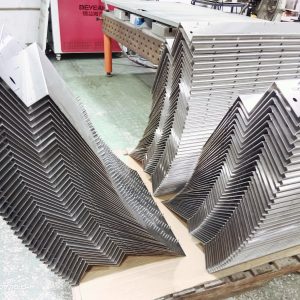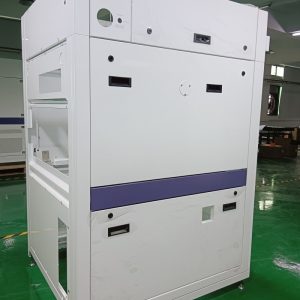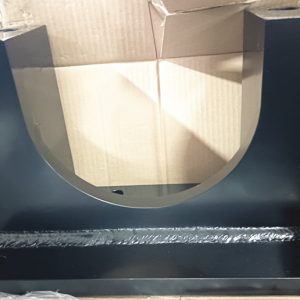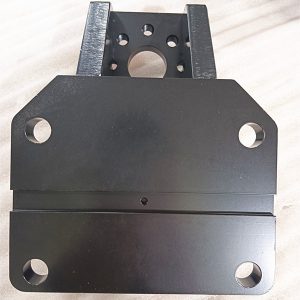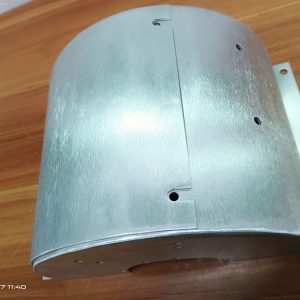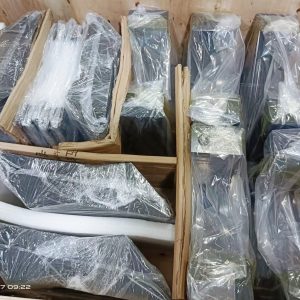Sheet metal forming can be expensive, but the cost depends on several factors, including:
The cost of sheet metal forming can vary significantly depending on several factors, including the type of material used, the complexity of the design, the production volume, and the specific forming process. Here’s a breakdown of what can influence the cost:
Material Type: Different materials have varying costs. For example, stainless steel is generally more expensive than aluminum or carbon steel. The type of metal (e.g., aluminum, steel, copper) and its thickness play a significant role in cost. Thicker or more exotic metals tend to be more expensive.
Tooling Costs: The initial setup, including the design and production of dies, can be costly, especially for complex shapes. For high-volume production, this cost is spread out, making it more economical per part, Many sheet metal forming processes require custom tools or dies, which can be expensive to produce. For small production runs, tooling costs can make up a large portion of the total expense.
Production Volume: High-volume production reduces the per-unit cost. Low-volume production can be more expensive due to the high setup costs. Higher production volumes typically reduce the per-unit cost because the fixed costs, like tooling, are spread out over more parts.
Complexity of the Design: Complex designs require more intricate tooling and may involve additional processing steps, increasing costs, More intricate designs that require precise or complex forming techniques can increase costs due to the need for specialized tools or longer production times.
Labor Costs: The skill level required and the time it takes to form the sheet metal affect labor costs, Depending on the complexity of the forming process, labor costs can also be a significant factor. Automated processes can reduce labor costs, but they require an upfront investment in machinery.
Finishing Processes: Additional processes like painting, coating, or polishing can add to the overall cost.
Machine Costs: Advanced machines such as CNC presses or laser cutters involve significant investment, which can impact the cost of forming.
- Material Type: The cost of the raw material is a significant factor. Common metals like steel are more affordable, while specialty metals like titanium are much more expensive.
- Tooling Costs: Creating the dies and molds required for forming can be costly, especially for custom or complex shapes. These are typically a one-time cost, but they can be high upfront.
- Production Volume: The cost per part decreases with higher production volumes since the tooling and setup costs are spread over more units. For small production runs, the cost per unit can be quite high.
- Complexity of the Part: The more complex the design, the more expensive it is to form. Intricate shapes may require more advanced and costly techniques.
- Machinery and Labor: High-end machinery and skilled labor add to the cost. Automated processes can reduce labor costs but require significant initial investment in equipment.
- Secondary Processes: Operations like cutting, welding, or finishing after forming add to the overall expense.
- Additional operations like welding, painting, or coating can add to the overall cost.
In summary, sheet metal forming can be expensive, especially for complex or low-volume jobs, but it can also be cost-effective with the right material choice, design, and production volume. sheet metal forming can be expensive, especially for low-volume production runs with complex designs. However, for high-volume runs, the cost per unit can decrease significantly. while the initial costs can be high, especially for custom or complex parts, the per-unit cost can be reduced significantly in larger production runs.
Click sheet metal fabrication company china to learn more about sheet metal fabrication services.
From china sheet metal fabrication factory– JIATONG
